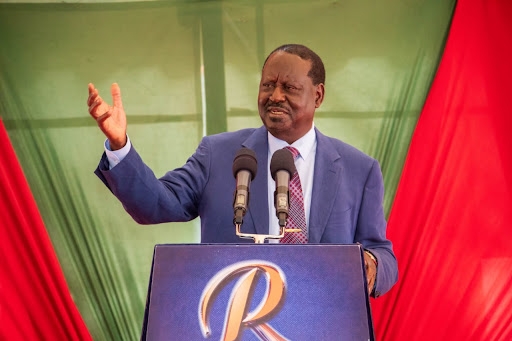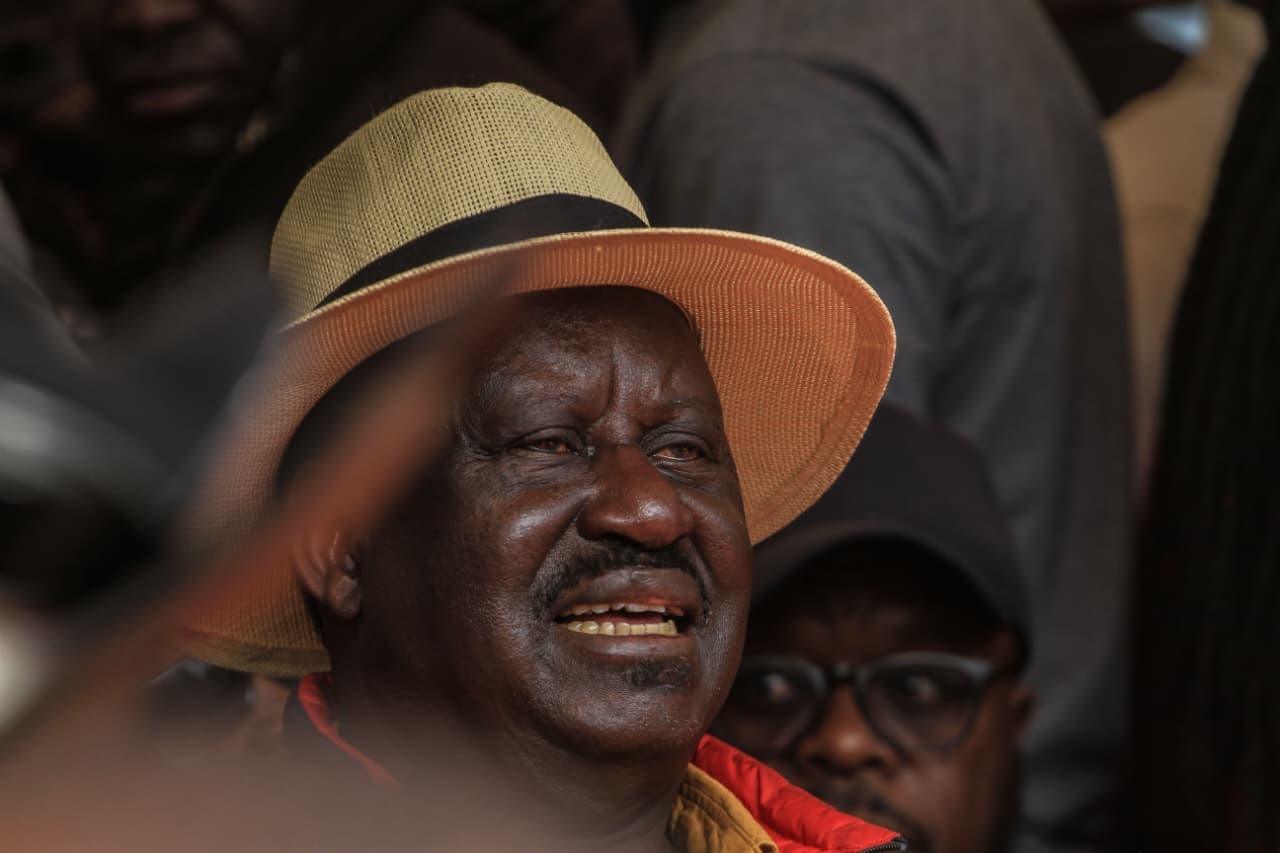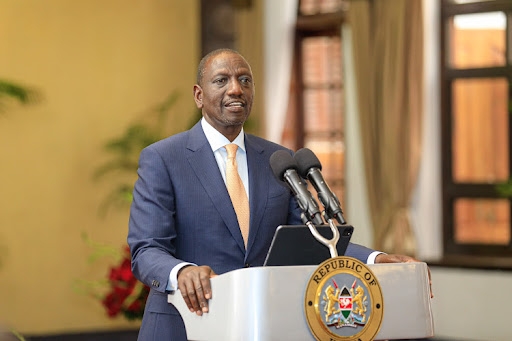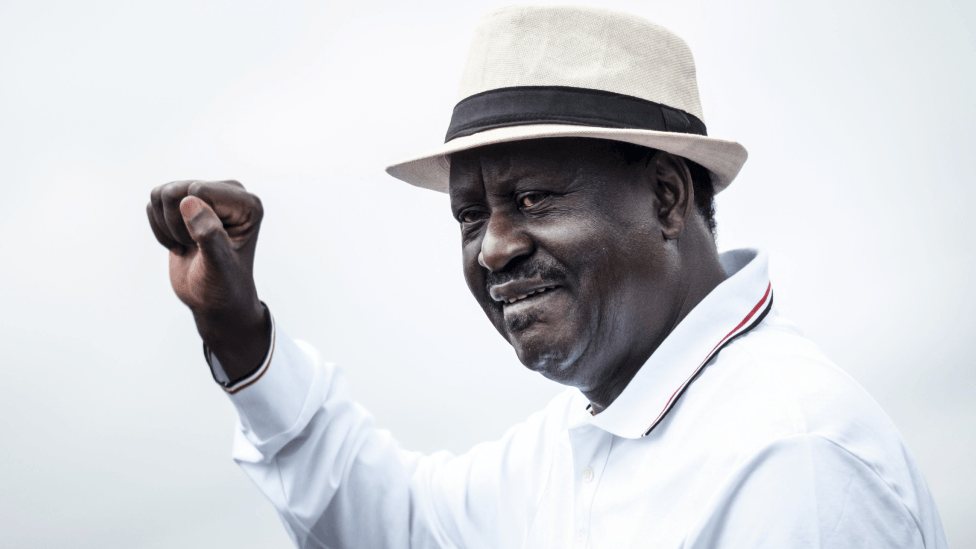
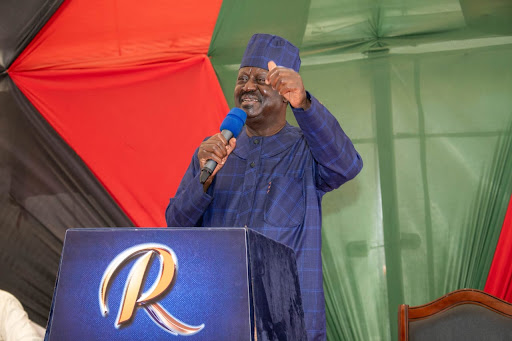
Raila Amolo Odinga is a name well known in the Kenyan
political space over the last four decades.
Raila was a political titan whose decades-long journey was nothing short of dramatic, relentless, and ultimately a frustrating quest for the presidency.
Known to supporters as "Baba" (Father) and a formidable political mobilizer, Raila's career is a masterclass in resilience and political manoeuvre, yet the highest office in the land remained frustratingly out of reach in his five attempts.
His political life is a narrative of near-victories, alliances, and controversial defeats that have repeatedly placed him at the precipice of power, only to fall short at the final moment.
The former Prime Minister’s political roots are drenched in the struggle for multi-party democracy.
As the son of Kenya's first Vice President, Jaramogi Oginga Odinga, he somehow inherited a legacy of opposition.
Early activism saw him detained without trial for six years following the attempted coup against President Daniel Arap Moi in 1982.
Upon the restoration of multi-party politics in the early 1990s, Raila plunged into elective politics, winning the Lang’ata parliamentary seat in 1992.
His first presidential bid came in 1997, where he finished third.
He then merged his National Development Party (NDP) with Moi’s ruling Kenya African National Union (KANU) in 2002, becoming KANU’s Secretary-General and Energy Minister.
The alliance with Moi proved to be his first significant near-miss, and hopes of being Moi’s chosen successor were dashed when the outgoing president instead endorsed Uhuru Kenyatta.
This disappointment spurred him to lead a walkout, forming the Liberal Democratic Party (LDP), which became the bedrock of the National Rainbow Coalition (NARC).
In 2002, Raila backed Mwai Kibaki for president, declaring “Kibaki Tosha” (Kibaki is enough), sacrificing his own ambition to finally oust the decades-long KANU regime.
The NARC coalition's victory delivered Kenya’s first peaceful transition of power from an incumbent party.
However, post-election, Kibaki was widely accused of reneging on a pre-election power-sharing pact with the LDP wing, marginalising Raila and his allies. This led to his dismissal from the Cabinet.
The 2007 election presented Raila with his most agonising near-victory. Running under the Orange Democratic Movement banner, he campaigned vigorously against corruption and for the devolution of power.
Provisional results initially suggested a Raila victory, but the final tally, announced after a significant delay and marred by widespread allegations of rigging, declared Kibaki the winner by a narrow margin.
The contested results triggered an unprecedented wave of post-election violence that killed over 1,000 people.
The crisis of 2007/08 was only resolved through international mediation led by Kofi Annan, resulting in a National Accord that created a coalition government.
On April 17, 2008, Raila was sworn in as Kenya’s Second Prime Minister, a position that gave him significant executive authority but not the ultimate power of the presidency.
During his tenure, the tensions and power struggles within the grand coalition limited his reformist agenda.
Following the promulgation of the new constitution in 2010, the Prime Minister position was abolished.
In the 2013 election, Raila, leading the Coalition for Reforms and Democracy (CORD), lost to Uhuru Kenyatta, who secured a victory just shy of the threshold to force a run-off.
He challenged the result at the Supreme Court, ultimately accepting the court's decision despite his reservations. The same scenario repeated itself in 2017, though this time the Supreme Court nullified the initial presidential election results due to irregularities, vindicating Raila’s complaints.
He, however, boycotted the repeat election, citing a lack of electoral reform, and Kenyatta was declared the winner.
In a political move that stunned both his allies and opponents, the former PM and his long-time rival, President Uhuru Kenyatta, sealed a truce in 2018, famously known as "Handshake."
This pivotal moment dramatically shifted Kenya’s political landscape, turning the perennial opposition leader into a close government partner, sidelining his own deputy, William Ruto, who became the leader of the de facto opposition.
While the handshake gave Raila proximity to power, it eroded his image as the pure anti-establishment reformer, a factor cited by analysts as contributing to his struggle in the 2022 election.
He ran under the Azimio la Umoja–One Kenya Coalition Party with Kenyatta's endorsement and was widely seen as the frontrunner.
He was, however, defeated by William Ruto, and his final petition to the Supreme Court was once again dismissed.
After the defeat and the Gen Z-led anti-government protests of June 2024, Raila once again got into a broad-based working arrangement with President William Ruto.
This once again put him close to power, with no official capacity but the close ear of the president.
For Kenya's "Enigma," the story remains one of a
relentless runner who finished every race with the roar of the crowd, yet never
crossed the tape first.


